Ἀντιόχεια τῆς Πισιδίας) – Antioch of Pisidia
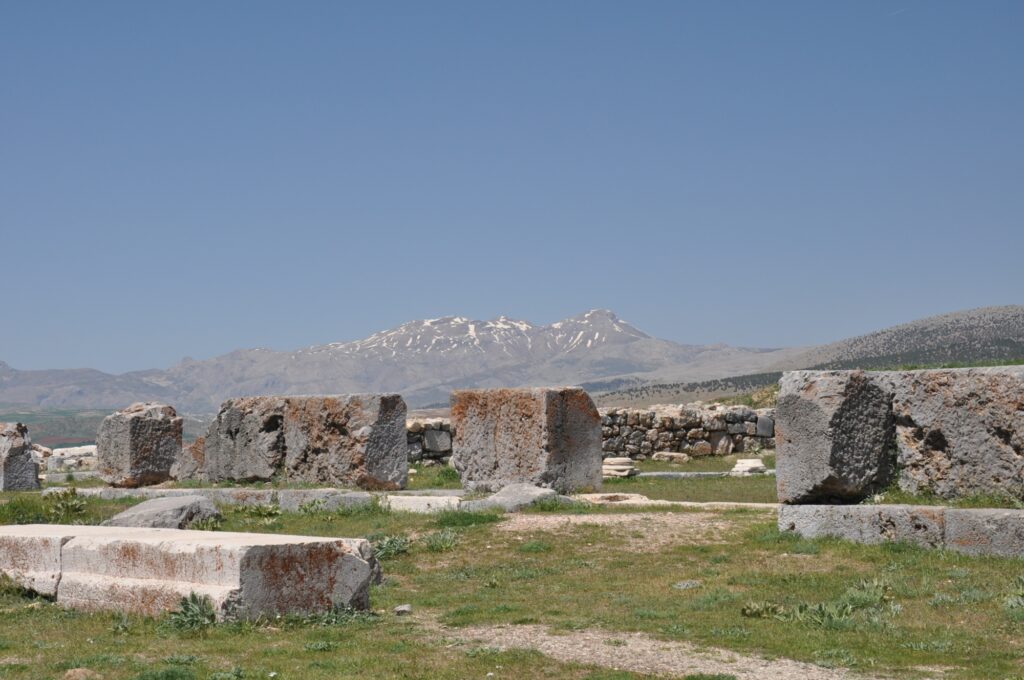
(Paul and Barnabas hike north into the mountains)
Pictured here: Ruins of the St. Paul Church in Antioch of Pisidia built ~6th century A.D.
Additional information also from source: Turkish Archeology News
Allow me to be your guide along the unfamiliar road now part of modern Turkey to travel with Barnabas and Paul to first century destinations unfamiliar not only geographically, but most unfamiliar to our experience.
Brief Recap from ACTS of the Apostles 13:
- The Church at Antioch of Syria: Christians communicate with the Church in Jerusalem through Barnabas and Saul
- The Holy Spirit then sends out Barnabas and Saul to Cypress
- Barnabas, a Cyprian and Saul of Tarsus preach the Gospel in the towns of Cypress.
- Saul, filled with the Holy Spirit, confronts a false prophet, Bar-Jesus
- The Roman proconsul, Sergius Paulus, believed the Gospel and becomes a Christian.
A long journey covered in a short verse:
Now after Paul and his companions set sail from Paphos, they came to Perga in Pamphylia, but John left them and returned to Jerusalem. But going on from Perga, they arrived at Pisidian Antioch. – ACTS 13:13-14a
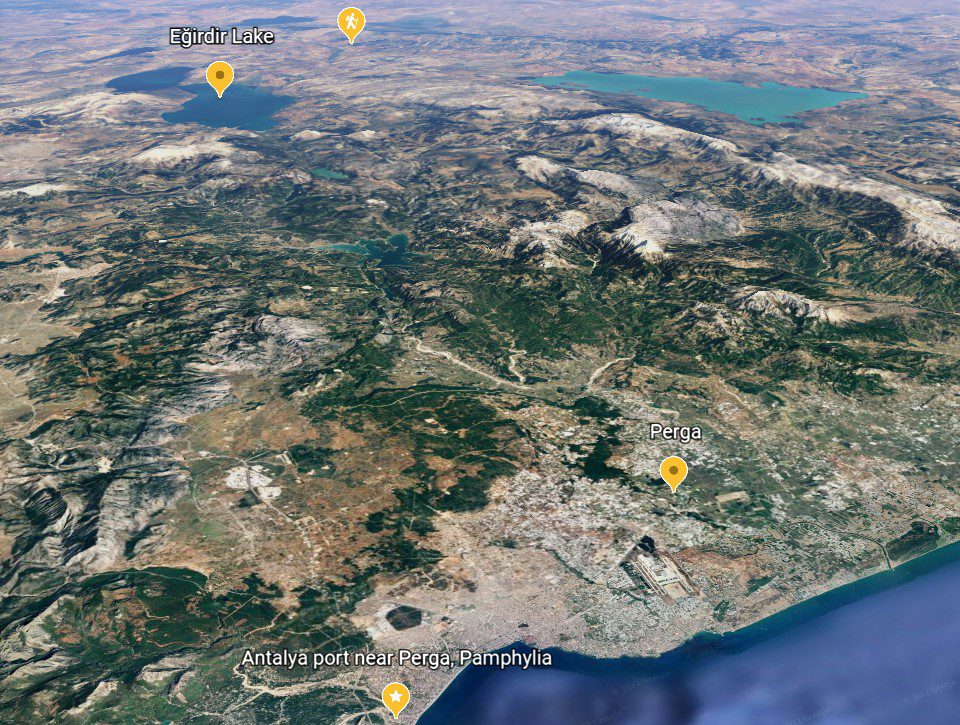
Hiking from Antioch to Antioch
Of course Barnabas and Paul could not begin their first missionary journey with a point to point hike between all the towns where they would proclaim the Gospel of Jesus Christ as they had just done on Cypress. As they sailed to Pamphylia the two Apostles could have looked back to mountains they had skirted along the coast.
In the Troodos Mountains of Cyprus. Mount Olympus reaches an evaluation just over a mile (6404 ft.) above sea level. As the missionaries arrive in Perga they look toward the towering Taurus mountains so familiar to Saul (and perhaps somewhat intimidating to Joseph of Cypress island and John his cousin from the city on the hill of Jerusalem.
Jerusalem is situated on a plateau of the Judean mountains less than a half-mile (~2500 ft.) above sea level which can seem somewhat higher when ascending the hill of Jerusalem from the Dead Sea below the Jordan with its surface 1300 ft. below sea level.
The highest peaks of the Tarsus mountains familiar to Saul from Tarsus rise to about two miles above sea level.
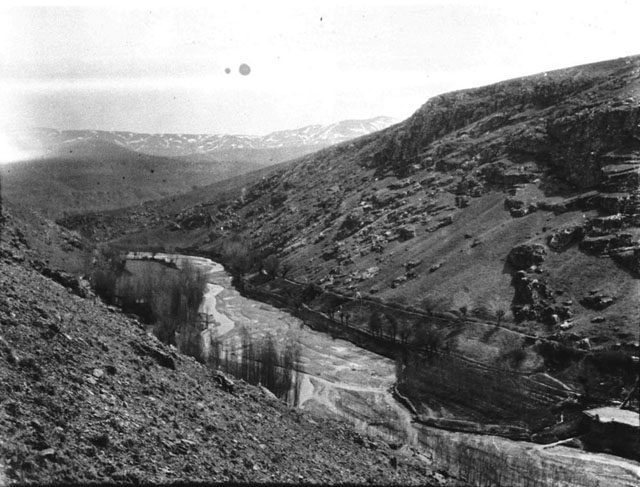
Barnabas and Saul must plan a journey ahead of over one-hundred miles just to their first stop ascending into Antioch on Roman roads along the Anthias River.
But as we just read in Acts 13:13 Barnabas’ young cousin John Mark chooses not to join him and Saul.
Their journey could be fraught with dangers including robbers along the road (much like those in Jesus’ parable set in the mountains of Samaria).
At the summit of their hike ahead Antioch in Pisidia sits on a large plateau in a beautiful lakes region about four thousand feet above the Mediterranean port of Antalya near Perga.
Antioch in (which province)? ? ?
Politically and historically Saul of Tarsus and Barnabas would have known some things about Antioch which typically confuse 21st century Christians like you and me. Some local and Roman history should help us to understand their preaching of the Gospel in ‘Pisidian’ Antioch.
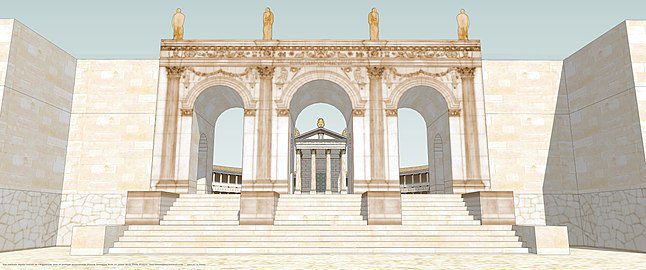
Facing the valley in the west, the Western Gate is most probably the main entrance to the city as a number of ancient roads meet here. It is supported by the city walls on both sides. – source
Antioch Pisidia – a Roman resort
Christians should picture the cities of Paul’s three missionary journeys between A.D. 47-57 as ROMAN, not Jewish (or even Greek).
Roger@talkofJESUS.com
Pisidian Antioch (‘Antioch in Pisidia’) was the Roman capital city of Galatia Province.
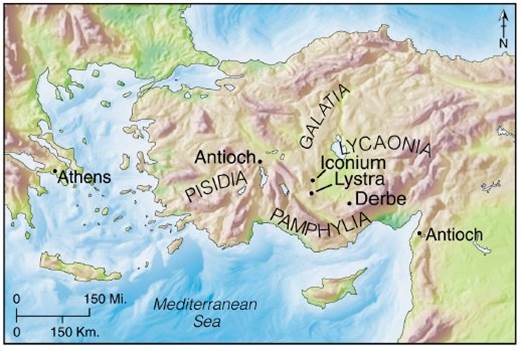
- So why don’t we call it Galatian Antioch?
Politically, it is Roman, a city built for retired Roman Legions. Administratively it is the capitol of Galatia. And similar to Paphos Cypress, from where Saul and Barnabas have just departed, Pisidian Antioch is governed by Galatia’s Proconsul.
By the middle of the 1st century AD, the city and surrounding villages had a population of nearly 100,000 people, including Galatians, Phrygians, Greeks, Jews, and Roman army veterans. Pisidian Antioch enjoyed the highest category of status among cities in the Roman Empire and many residents of the city were given Roman citizenship. – source
- Pisidian Antioch (Greek: Ἀντιόχεια τῆς Πισιδίας)
- and in Roman Empire, Latin: Antiochia Caesareia or Antiochia Colonia Caesarea
- formerly on the border of Pisidia and Phrygia, .. Antiochia in Phrygia
- The province of Galatia was established in 25 BC, and Antioch became a part of it.
- (This would have been just a generation before Paul and Barnabas)
Hellenisation became Latinization during the Roman period, and it was succeeded best in Antioch.
source of article: Wikipedia
- Its location is better reflected by its Latin name
- – “Antioch ad Pisidiam” meaning Antioch [located] in the direction of Pisidia.
- source: Turkish Archeological News
From Paphos to Antioch Pamphylia
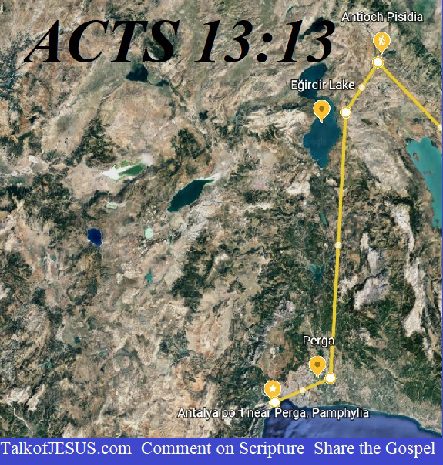
Setting aside for a moment their brief stop in Perga, Randall Niles and the researchers of DRIVETHRU HISTORY may have provided us with a clue why Saul of Tarsus and Joseph of Cypress moved on directly to this capitol of Galatia:
One motivation for Paul coming to Pisidian Antioch may have been to visit the family of Sergius Paulus, who had a large estate northeast of the city. The family was prominent in the region, and one Latin inscription found at Pisidian Antioch even mentions L. Sergius Paulus, who could have been the same proconsul that Paul and Barnabas met on the island of Cyprus. Since this important Roman leader became a Christian, it would make sense for Paul and Barnabas to seek out his family for a visit.
Source: DRIVETHRUHISTORY
NEXT: We will continue this first missionary journey with Paul preaching in Antioch (in the direction of Pisidia) …

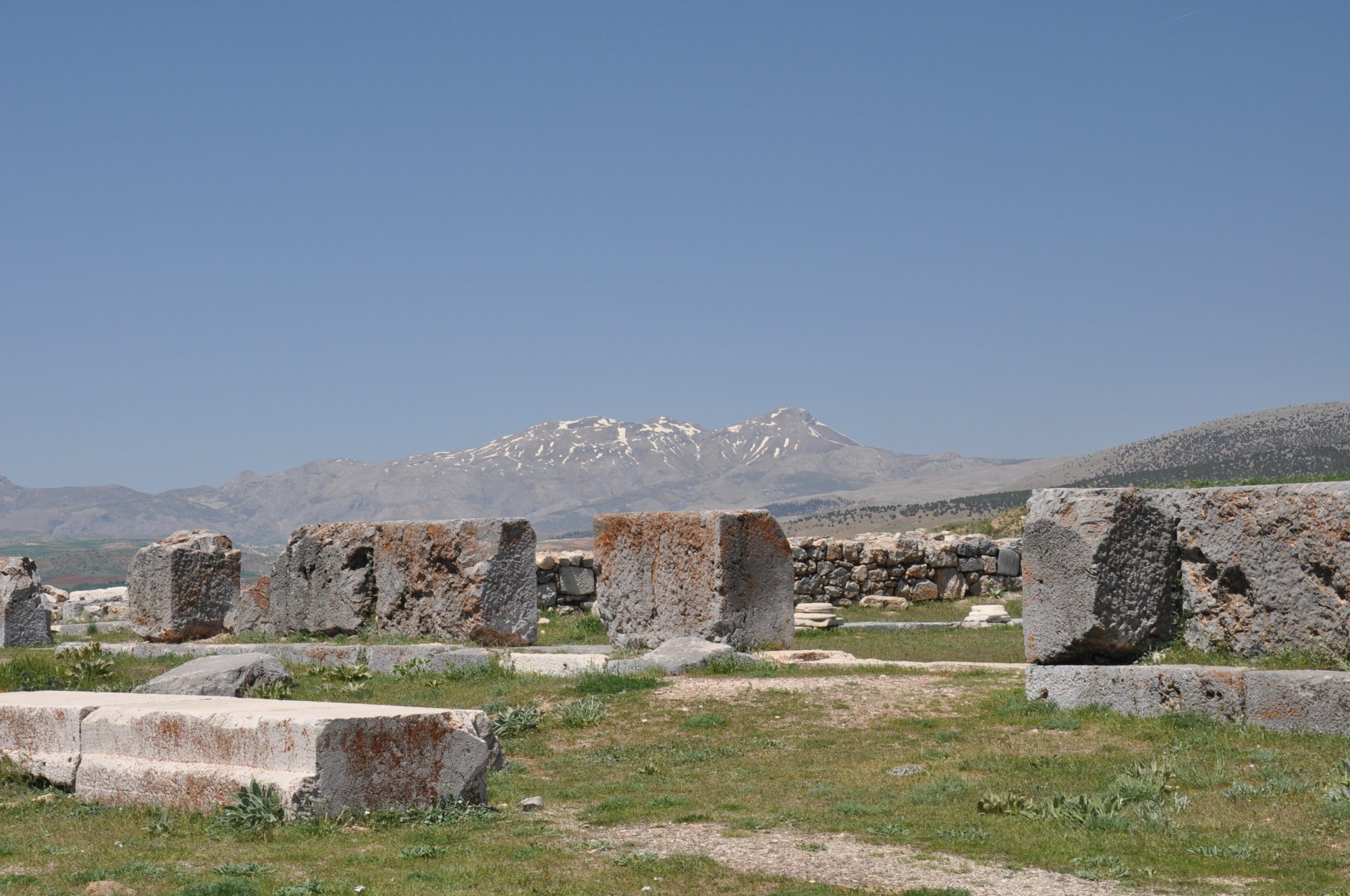
Leave a Reply